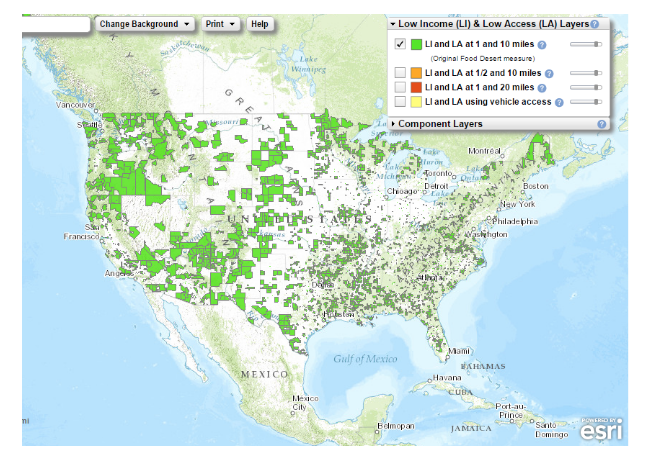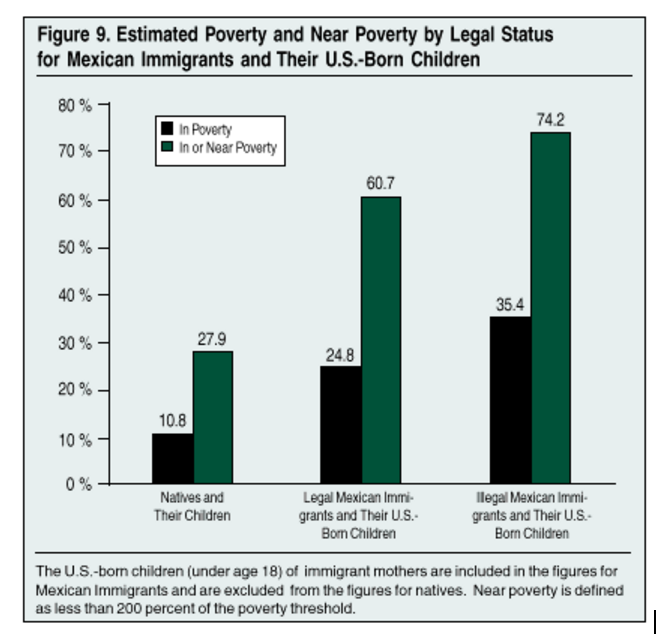Environmental Issues students at the Maine Coast Semester spent a few weeks this semester working on an environmental justice issues unit. Students researched case studies and reported their findings to their classmates, and then they wrote these blog posts in order to spread their learning out to the broader world. Enjoy!
Think about the last time you went to the grocery store. What did you buy? Where did it come from? Illegal immigrants in California or Texas may well have grown and processed these crops, earning them and the farmers’ money but often not enough to live comfortably. 67.8% of Mexican immigrant families live on or near the poverty line, the highest percent for immigrant minorities in the US. 70% of workers in agricultural fields will acquire acute bronchitis at least once throughout the year, in addition to the the dangers of machinery and pesticides. Those working in livestock feedlots near manure pits are exposed to immense levels of methane, hydrogen sulfide, ammonia, and more, jeopardizing their health. President Obama has promised a better future for these people and their families by raising minimum wages and increasing opportunities, but doing so requires the farmer to employ more expensive labor and thus increase the cost of food for Americans. These people need more than just a promise of a better future. We need a complete reformation of how food is made in the United States, starting with raising minimum wages.
Back to you in the grocery store. The sliding doors open to a display with more food than you can imagine. You are standing there with the push of the cart in your hands, but it required privilege and financial stability for you to be there. You have a grocery store within driving distance from you, but you also have the financial means to pay for a car and the gas to fill it. People in low income neighborhoods often lack access to grocery stores with fresh local produce or the transportation to get there. In 2009, 23.5 million Americans did not have a grocery store within 10 miles of their home. They often end up getting food from a convenience store, leading them to buy highly processed food because it is cheap and available. This contributes to many health effects like obesity, but this is particularly damaging for mothers, children and the elderly because they are likely to not get enough nutrition. There are 418 such “food desert” counties in the United States, but if you are middle class or above and white, your likeliness to live in a food desert is little to none.
The environmental injustices are hidden in plain sight from start to finish in the American food system. There have been efforts to increase awareness and change some regulations related to farm worker safety, but the systems that have been in place can stay no longer. If we don’t raise the bar for treatment of workers in the US and make it easier for people in low income neighborhoods to get healthy food, the cycle of hunger and debilitating working conditions will continue.

A map of the food desert counties in America, marked in green.
 (Source) https://chewonki.org/wp-content/uploads/2017/05/povert6.gif
(Source) https://chewonki.org/wp-content/uploads/2017/05/povert6.gif
A chart of poverty percentages based on legal status.
-By Anneke, Phillips Andover Academy, MI and
Emma, Groton School, MA
For more information, go to:
- https://www.sustainabletable.org/1117/welcome-to-sustainable-table
- https://www.growingpower.org/
- https://grist.org/article/this-sobering-map-shows-you-all-of-americas-food-deserts/
- https://thefoodtrust.org/uploads/media_items/grocerygap.original.pdf
- https://saf-unite.org/content/united-states-farmworker-factshee
- https://nfwm.org/education-center/farm-worker-issues/farm-workers-immigration/
- https://www.npr.org/sections/thesalt/2015/02/26/387698016/do-your-veggies-depend-on-workers-who-lack-legal-rights
- https://www.bls.gov/oes/current/oes513099.htm











